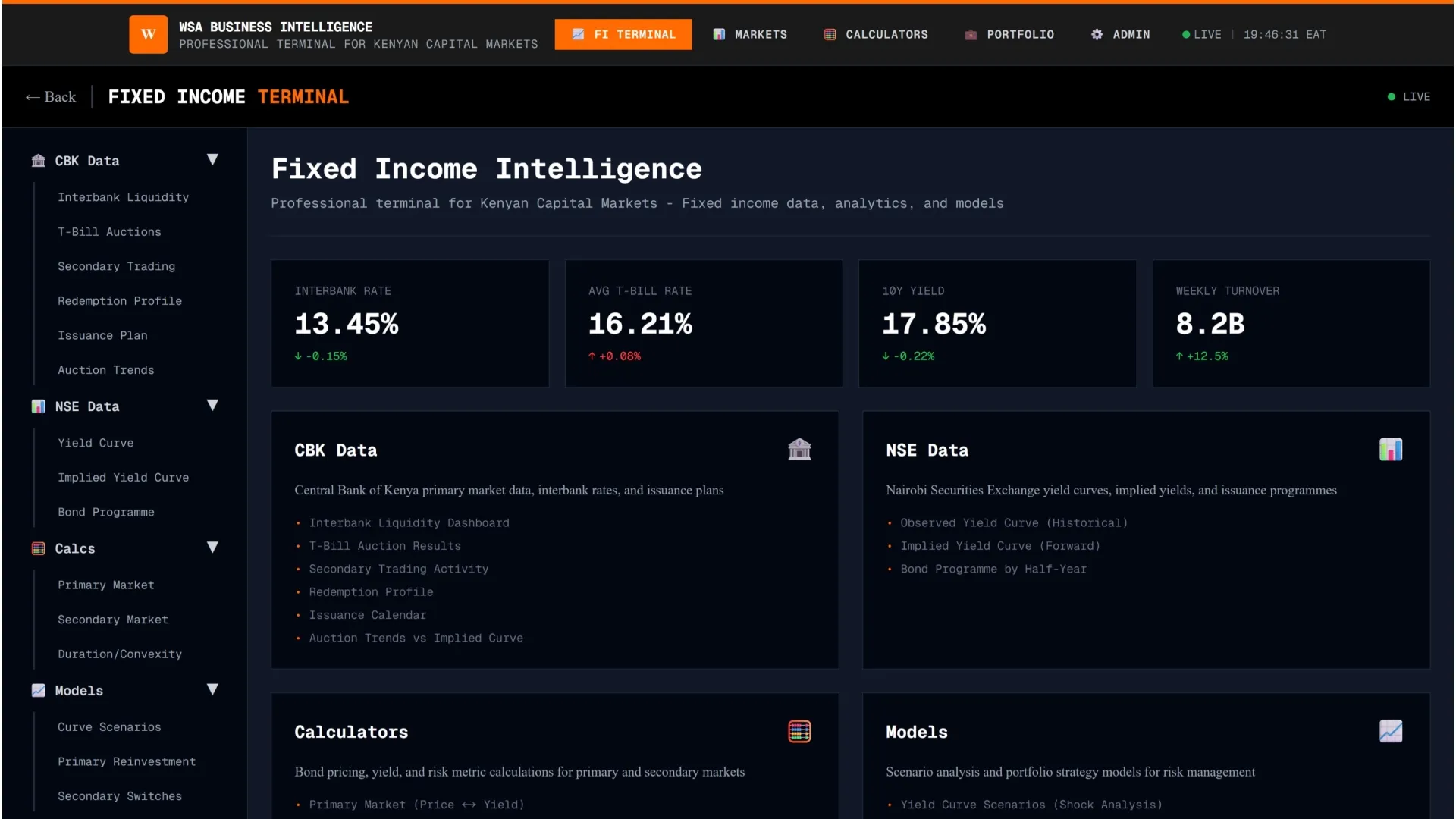Between January and March this year, only 20% of facilities contracted under SHA’s Primary Health Care (PHC) model received full monthly reimbursements, according to a new survey of 332 health providers.
- •Nearly half of accredited primary health care providers reported that they have received no payments at all for the first quarter of 2025, while 35% reported receiving partial payment.
- •The findings, compiled by the Rural & Urban Private Hospitals Association of Kenya (RUPHA), reveal a health system still entrenched in financial distress as it transitions from the National Health Insurance Fund (NHIF) to the SHA’s new funding frameworks.
- •Over 90% of all facilities report being in financial distress-including all faith-based institutions, 81% of government hospitals, and 96% of other private hospitals-to the unpaid PHC claims, NHIF legacy arrears, and delayed SHIF settlements.
“About 36% of the facilities had resorted to debt, 30% were on the risk of defaulting these loans, 13% were at risk of auction, 9% faced small claims court cases from suppliers, and 1% had already shut down operations,” the report said.
While SHA has successfully contracted 96% of surveyed facilities and accredited 86% for PHC, cash flow to providers has failed to keep pace, condemning many health care facilities to operational strain. The disbursement shortfalls are hitting the lower-tier health facilities the hardest. Among Level 2 public and private facilities, Kenya’s core PHC providers, 60% reported receiving no payments during the quarter.
Irregular and Null Disbursement
Public health care providers suffered despite being shielded from payroll obligations due to government subventions. Almost half of the accredited facilities reported receiving no payments in the first quarter of 2025, with just 15% receiving monthly reimbursements throughout the period.
Payment reliability worsened at lower levels where 60% of Level 2 facilities received nothing, only 14% confirmed full payments, and confusion remained high across all levels, especially Level 4, where 63% were uncertain if disbursements were even related to the fund.
Nearly a third of accredited private primary health care facilities in Kenya reported receiving no payments from the government between January and March 2025, while just 16% were reimbursed every month.
Payment clarity and consistency varied widely across facility levels, with Level 2 seeing the highest share of non-payments at 60%, Level 3 grappling with uncertainty in 31% of cases, and only 12% of Level 4 facilities confirming full quarterly reimbursements.
Just over a quarter of accredited faith-based primary health care facilities reported receiving no payments in the first quarter of 2025, while only 16% received monthly reimbursements throughout. Payment experiences differed by facility level, with Level 4 faith-based centers faring better at 29% received full payments while half of Level 2 facilities in this category remained unpaid.
“These findings reveal persistent delays and inconsistencies in PHC reimbursements across all sectors, with Level 2 facilities, particularly public and private, experiencing the highest rates of non-payment. The lack of clarity on the purpose of payments, especially among Level 4 public facilities, further complicates efforts to track and manage cash flows at the facility level,” the report stated.
Surgical claims represent the highest value and carry the longest processing times. About 40% of health care facilities reported that more than half of surgical claims remain under review after three months. Facilities offering surgery, particularly faith-based and high-tier private hospitals, report growing concern over the sustainability of these essential services.
“The 3–6 month delay window is of particular concern, given the high upfront costs of surgical services—covering theater supplies, equipment use, anesthesia, personnel, and post-operative care. Facilities face severe cash flow pressures when these high-value claims remain unsettled for extended periods,” the report noted.
‘Lipa SHA Pole Pole’
The Health Insurance scheme has also faced a deep shortfall in premium payments since its launch in October last year. Despite registering over 20 million Kenyans, the fund predominantly depends on the meagre contributions from those in formal employment who receive regular monthly income.
To solve this shortfall, the Social Health Authority (SHA) has launched the ‘Lipa SHA Pole Pole’ initiative to make healthcare contributions more affordable by allowing Kenyans to pay premiums in small, flexible daily installments, a more reliable formulae for Kenyans without a steady income flow.
Speaking at her inauguration, new SHA CEO Dr. Mercy Mwangangi said the plan is designed to include informal sector workers and boost national health scheme enrollment.
“We need deep and meaningful community involvement, which we are committed to achieving. We will also use innovation to improve our systems and ensure we deliver on our promises,” Mwangangi said.
The report calls for urgent policy reforms to stabilize disbursements, clear legacy NHIF arrears, and streamline SHIF claim adjudication. Without immediate intervention, Kenya risks systemic collapse in primary care, surgical services, and referral hospitals, threatening the country’s universal health coverage goals just as they begin to take shape under SHA.




